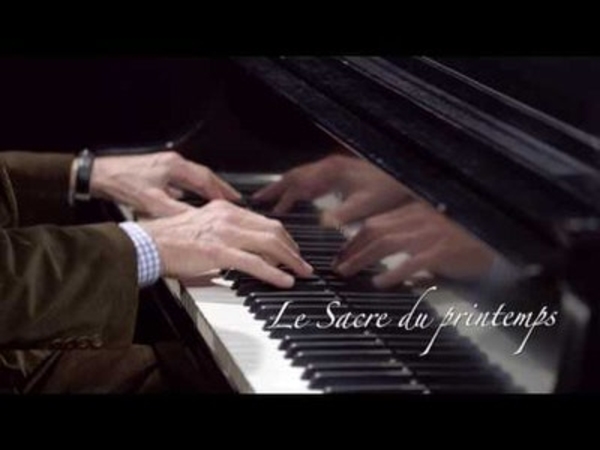Price:
4879 EUR
Contact
Harvard University
Description
Igor Stravinsky’s The Rite of Spring premiered in Paris in 1913, sparking a riot and screaming so loud that the dancers could not hear the orchestra, and the choreographer had to shout numbers from backstage to keep the dancers on beat.
The Rite of Spring continues to challenge listeners. According to Stravinsky, The Rite of Spring was intended to portray “the surge of spring, the magnificent upsurge of nature reborn.” As you will see, Stravinsky’s description is almost frighteningly apt!
Harvard’s Thomas Forrest Kelly (Morton B. Knafel Professor of Music) guides learners through The Rite of Spring , highlighting not only the contributions of Stravinsky, the composer, but also those of his collaborators. Professor Kelly takes learners through the ballet’s development, rehearsals, and finally, premiere performance, and he explores just how and why The Rite of Spring challenged (and to a certain extent, continues to challenge) its listeners.
You will learn about the ballet’s innovative choreography, the basics of 20th-century orchestral form and technique, and the circumstances of this ballet’s first performance and subsequent history. Learners in this course need not have any prior musical experience.
Specific details
Category of Education
Arts and Humanities
